We aim to give food for thought as well as inspiring your creativity and providing practical
ideas you can’t wait to implement in your own settings!
We aim to give food for thought as well
as inspiring your creativity and providing practical ideas you can’t wait to implement in your own settings!
The Reception Year: Ready, Steady…September!
As we bid adieu to the sunshine-soaked (rainy!) days of our summer break and prepare to embrace the crisp autumn air, it's time to dust off those treasure baskets, adorn the role-play area, sharpen those pencils, and cue the imaginary drum roll to launch us off the September starting blocks.
I’m here from EuHu and HEYD to sprinkle a little inspiration into the mix, because let's face it, highly effective and impactful environments, well-considered timetables, routines and transitions plus getting to know both the little feet (children) and the bigger feet (families) are the secret ingredients to a successful school start!
As you embark on this educational adventure, remember that your classroom is not just a room; it's a secure place of belonging where dreams are nurtured, fascination blossoms, curiosity is ignited, and the magic of developmental progress happens. So, let's get September off to a sizzling start!
Home Visits: ‘Little Feet and Bigger Feet’
Many home visits take place in September and offer an amazing way to get to know the child in their home setting plus have more personal conversations with families. On the home visit, why not ask the question: ‘if we could put one thing in the classroom you would love to play with, what would it be?’ Often it is play-doh, jigsaws or resources such as blocks and cars. Imagine the sense of belonging you would feel seeing your name placed by your favourite activity when you first walk into class – bingo!
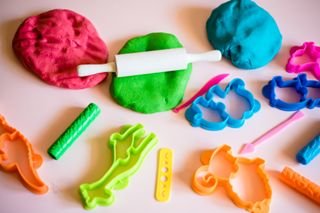
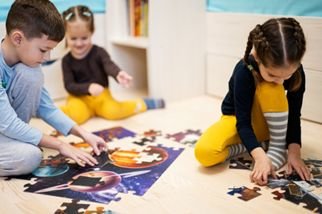
Timetabling: Reception Baseline Assessment (RBA)
The RBA sounds heavy, but it really isn’t! It is a 20 minute (per child) statutory assessment of early Maths, Literacy, Communication and Language, from which the DfE uses the pure data to show the progress of children from Reception until the end of Key Stage 2. Click here for the RBA Assessment and Reporting Arrangements (ARA) as you will need to know how to access, log-in and administer the test and here to read deeper about the assessment itself, such as scoring in different areas. The good news is you do not score – the RBA does it for you – hoorah! You might want to make notes though as your observations will help to feed your own baseline assessment.
You will need to schedule time within your first 6 weeks to complete the RBA with every Unique Child. Devices and RBA resources at the ready! You will use the same resources this year as last, which should be stored securely. Each RBA is likely to take you about 20 minutes, plus practical time as you transition from child to child, so let’s use 30 minutes as a guide. Different schools will schedule time, staff and spaces in different ways. Click here for a really useful Parent Information Guide – definitely worth a read and sharing! That’s the famous RBA in brief: you will want and need to read further :)
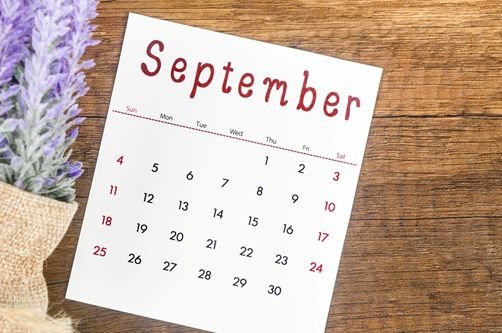
Inspirational teachers, support staff and leaders like you are the heart of any successful classroom. Your passion, dedication, and sheer enthusiasm can ignite a spark in young hearts, illuminating the path to knowledge, skills and lifelong learning. Hopefully, you’re feeling refreshed after the summer break, so let’s feast our minds and take a new look at your Reception classroom.
Tuning In: A child’s eye view!
We design and create our classrooms with passion, placing children at the heart of everything we do. It takes love, time, energy and oodles of thought. But, what children actually see in your beautifully crafted environment is a whole lot different to what YOU see. Perspective is everything – children have a much more limited view. Let’s dig deeper and understand more.
Take a measured view and find out for yourself. The average height of a 4-year-old is 102.3cm for a boy and 100.3cm for a girl, so the best way to see what a child can see is to get on your knees (safety alert 😊, if you are able to).
Reflect on what you can see from your new perspective – how inspired are you? For example, can you clearly see the (laminated?) phonetic wall frieze, carefully placed between the walls and the ceiling? Or is the light reflecting off, blurring vision? You may say your resources are easily accessible, but are they?
As Maria Montessori famously says ‘adults admire their environments; they remember it and think about it – but a child absorbs it’.
What are you absorbing at knee height (110cm for me on my knees!)
Enabling Environments: Character or Clutter?
Now this really could be an entire book in itself. So, lets go for the in-a-nutshell approach!
Classrooms need character, not clutter. Too many resources and displays in your classroom can be overwhelming, causing visual ‘noise’ and cognitive overload. Too few and children can be under-stimulated (big yawn for effect!). Sadly, no magic wand here as every classroom layout and environment is different as are the children’s interests, time of year and access to outdoors. Let’s explore 5 key areas:
Lighting - Are you creating soft light, shimmering warmth and reflection across your class? Or are your strip-lights dazzling brightly? Soften the atmosphere with warmth and glowing tones.
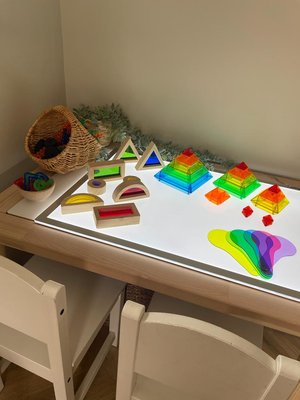
Sit, stand and relax – Reflect on your classroom seating and spaces. Do all table activities have chairs? Consider stools, floor activities, standing height tables, kneeling activities …vary seating and standing to strengthen the core. Adult chairs are a must – looking after your wellbeing is essential too!

Spaces - Do you have a space for 1 child to explore on their own, a pair of children to engage deeply together, spaces for small group work and large collaboration? Outside counts too - even in the rain!
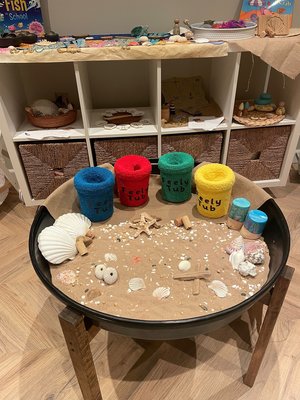
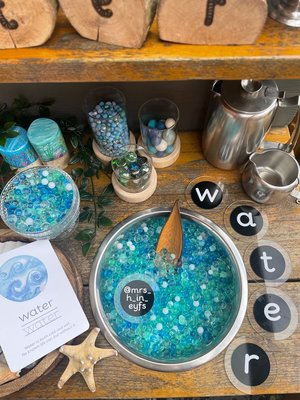
Noise – ‘Reducing noise is important for all children’ says The Reading Framework 2023. As teachers, we are noise-o-meters, monitoring noise levels at all times! Yes, we want a lively buzz of vibrant and deep learning, but not at the expense of being able to hear clearly and pay attention. Consider the use of textures to absorb sound, creating coves to nestle in and completing an auditory audit. Time well spent and no headaches!
Resources - Fewer is more 😊. We all know about the 'transporting schema', where children repeatedly move resources from one area to another, from tubs to baskets and into pockets and onto platforms 👜!!! Imagine putting more than 6 dice out, imagine 36! Next thing you know dice are everywhere!! And we mean EVERYWHERE!!
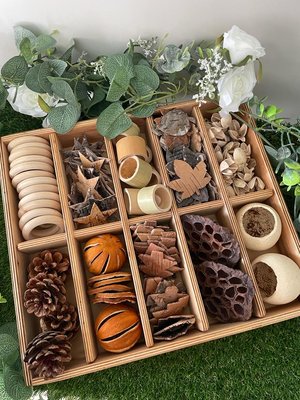
Top tip: stand in a corner of your classroom in action, imagine taking a still photo – consider the 5 key areas, reflect and make the tiny changes that make a big difference!
Finally, but not finally: Pause, reflect and connect
Yes, really – the message is to stop for a moment! Even the Teacher Standards values the worth of taking breath to ‘reflect systematically on the effectiveness of lessons and approaches to teaching’ (Part 1: Standard 4 for those who love quotes 😊).
Annie Pendrey, (author of two amazing books) who advocates developing reflective practice and creating reflective environments for the young children and families you work with gives these top tips:
‘Reflection should be an integral part of your everyday professional practice. Reflection requires you to be open and honest, to use your self- lens and others to shine a light on your pedagogical approaches. Reflection is also messy and, on the days, when things simply are not going according to plan, I encourage you to stay and wallow in these moments a while longer. Take time to pause, contemplate and reflect in and on action, appreciate your cracks and flaws, the challenging moments. Consider this as part of your professional development from ‘being to thriving’ as an outstanding professional. We are all on a perfectly imperfect reflective journey.’ *The Little Book of Reflective Practice and Reflection and Reflective Spaces in the Early Years, authored by Annie.
As Founder of HEYD, an organisation dedicated to early years development, creating and sustaining cultures where flourishing is the norm, my main message is that you are not alone.
HEYD is right by your side for a start: you can access EuHu early years podcasts, articles, freebies and more. Plus, there are a wealth of early years professionals out there all willing to cheer you on and be there on good days, and not so good ones too (we all have them you know😊).
Here’s a great example, mrs_h_in_eyfs has happily supplied the photos you are seeing –
I have worked with mrs_h_in_eyfs for years. She is amazing: please do check out more of her amazing posts on Insta.
Together, let’s join hands (metaphorically, of course!) and step into September with our heads held high, our hearts full of joyful enthusiasm, and our classrooms ready to educate, captivate and seize moments where learning is an adventure and inspiration awaits around every corner.
So, we’re off the September starting block…on our knees exploring our de-cluttered classroom whilst pausing for a moment to reflect on the absolute joy of early years!!
Michelle Hague (HEYD) and Mrs H (mrs_h_in_eyfs) have worked in harmony for years. This is what mrs_h_in_eyfs says about HEYD’s founder Michelle Hague
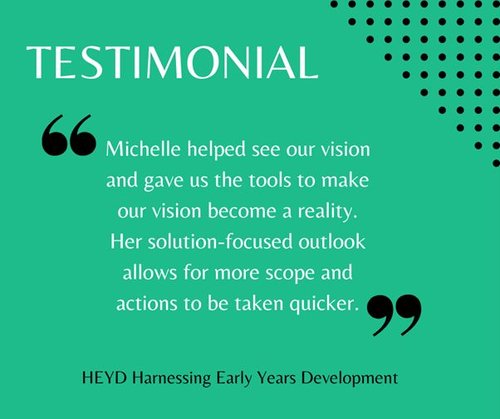
Watch EuHu and HEYD’s collaboration closely! Keep your eyes peeled
for upcoming podcasts, articles and resources.
